Home>Ideas and Tips>How To Design A Cottage-Style Garden
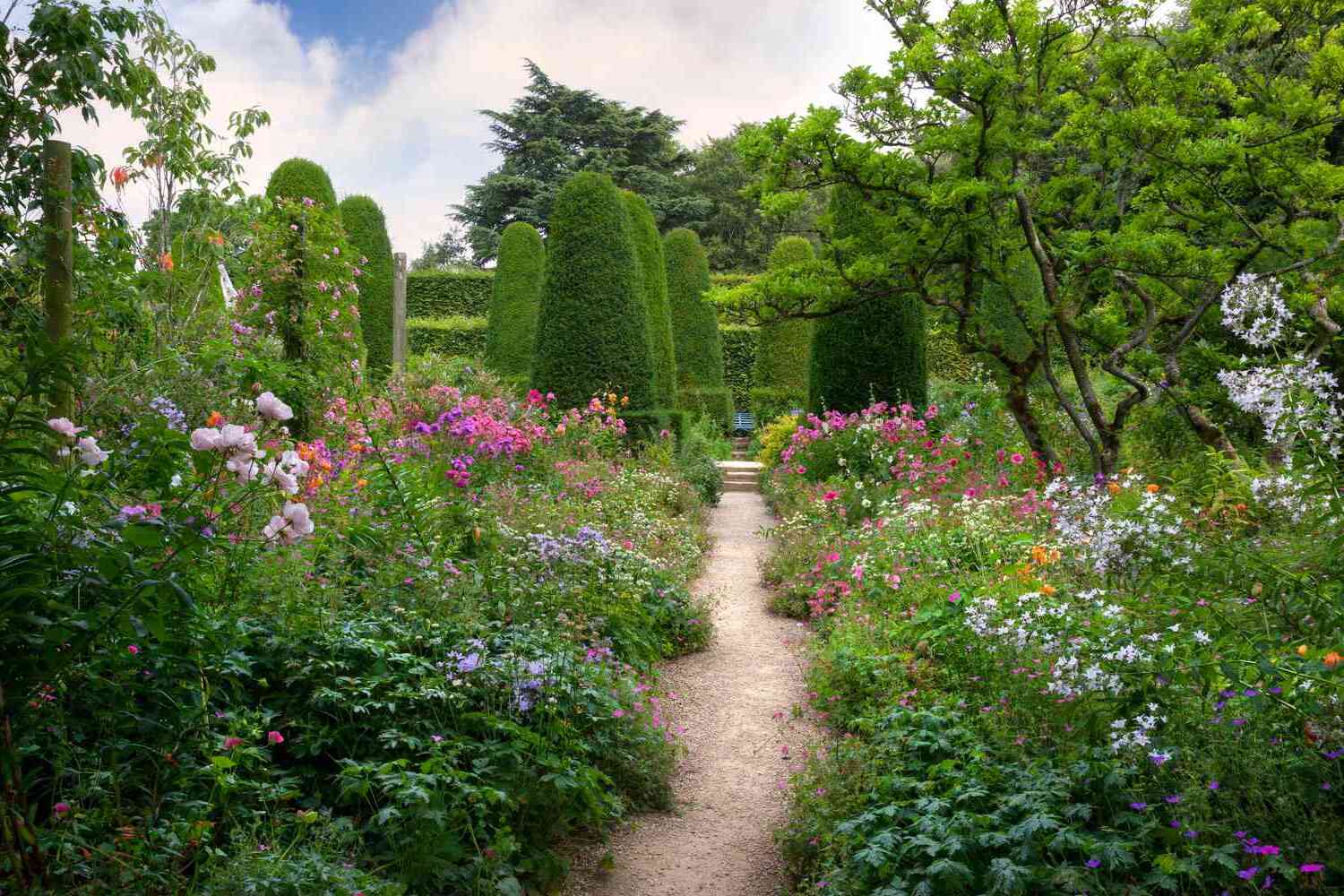

Ideas and Tips
How To Design A Cottage-Style Garden
Published: September 5, 2024
Learn how to design a charming cottage-style garden with our step-by-step guide. Create a serene, floral haven with natural elements and cozy features.
(Many of the links in this article redirect to a specific reviewed product. Your purchase of these products through affiliate links helps to generate commission for Storables.com, at no extra cost. Learn more)
Creating a cottage-style garden is a delightful endeavor that combines charm, elegance, and functionality. This type of garden is inspired by the traditional English countryside, where lush greenery, vibrant flowers, and cozy elements come together to create an inviting and serene space. Whether you have a small backyard or a larger plot of land, designing a cottage-style garden can be both rewarding and enjoyable. In this article, we will guide you through the process of designing your very own cottage-style garden.
Understanding Cottage-Style Gardens
Before diving into the design process, it's essential to understand what characterizes a cottage-style garden. These gardens typically feature:
- Natural Elements: Emphasis on natural materials like stone, wood, and brick.
- Floral Abundance: A variety of colorful flowers, shrubs, and trees.
- Cozy Features: Incorporation of charming elements such as benches, arbors, and trellises.
- Layered Design: Multiple layers of plants to create depth and visual interest.
- Vintage Touches: Incorporation of vintage or antique items like garden ornaments and old furniture.
Read more: How To Design A Cottage-Style Cutting Garden
Step 1: Assess Your Space
Designing a cottage-style garden begins with assessing your space. Consider the following factors:
- Size and Shape: Measure your garden to determine its dimensions and shape. This will help you plan how to use the space effectively.
- Sunlight: Note the amount of sunlight your garden receives throughout the day. Different plants require different levels of sunlight.
- Soil Quality: Test your soil to determine its pH level and nutrient content. This will help you choose plants that thrive in your specific conditions.
- Existing Features: Take note of any existing features such as trees, fences, or outbuildings that could be incorporated into your design.
Step 2: Plan Your Layout
Once you have assessed your space, it's time to plan your layout. Here are some tips for creating an effective layout:
- Create a Vision Board: Gather magazines, books, and online images that inspire you. Create a vision board by pinning up pictures that reflect the style and elements you want in your garden.
- Sketch Your Design: Use graph paper or an online tool to sketch out different layouts until you find one that works for you.
- Consider Traffic Flow: Think about how people will move through the garden. Leave enough space for pathways and seating areas.
- Balance Elements: Balance different elements like plants, water features, and decorative items to create harmony in the garden.
Step 3: Choose Plants
Selecting the right plants is crucial for creating a beautiful and thriving cottage-style garden. Here are some tips for choosing plants:
-
Flowers: Choose a mix of annuals and perennials for year-round color and interest.
- Annuals: Petunias, marigolds, zinnias are great for adding vibrant colors during the warmer months.
- Perennials: Hydrangeas, peonies, roses provide long-term beauty with minimal maintenance.
-
Shrubs: Incorporate shrubs like lavender or rosemary for their fragrance and structural interest.
-
Trees: Consider adding trees like apple or cherry for shade and seasonal interest.
-
Herbs: Incorporate herbs like mint or chamomile into your design for their fragrance and culinary uses.
Step 4: Incorporate Natural Elements
Natural elements are a hallmark of cottage-style gardens. Here’s how you can incorporate them:
- Stone Pathways: Use natural stone like bluestone or flagstone to create winding pathways through the garden.
- Wooden Fences: Install wooden fences or trellises to add structure and charm.
- Brick Walls: Incorporate brick walls or planters to add texture and interest.
- Garden Ornaments: Use garden ornaments made from natural materials like terracotta pots or wooden statues.
Read more: How To Design A Cottage-Style Flower Garden
Step 5: Add Cozy Features
Cozy features make a cottage-style garden inviting and relaxing:
- Benches: Place benches under trees or near water features so visitors can sit and enjoy the surroundings.
- Arbors: Use arbors covered with climbing plants like roses or clematis to create shaded areas.
- Trellises: Train vines like wisteria or honeysuckle on trellises for added beauty during different seasons.
- Outdoor Furniture: Incorporate vintage or antique furniture pieces like old armchairs or tables into your design.
Step 6: Incorporate Vintage Touches
Vintage touches add character to your cottage-style garden:
- Garden Ornaments: Use antique garden ornaments like old statues or bird baths to add personality to the space.
- Vintage Furniture: Place vintage furniture pieces like old benches or chairs in strategic locations throughout the garden.
- Old Planters: Use old planters made from materials like terracotta or wood to add charm when planting flowers or herbs.
- Rustic Decor: Incorporate rustic decor items such as old doors turned into planters or wooden signs with inspirational quotes.
Step 7: Add Water Features
Water features can enhance both the aesthetic appeal and tranquility of your cottage-style garden:
- Ponds: Create small ponds using natural stone edges and add water lilies for added beauty.
- Fountains: Install small fountains that create gentle sounds without being too loud.
- Birdbaths: Place birdbaths in quiet areas where birds can drink and bathe freely.
Step 8: Incorporate Lighting
Lighting plays an important role in creating ambiance in your cottage-style garden:
- String Lights: Hang string lights made from natural materials like twine or burlap around trees or along pathways.
- Solar Lights: Use solar-powered lights placed among plants to create soft illumination during evenings.
- Candles: Place candles in lanterns made from natural materials like wood or metal around seating areas.
Step 9: Maintain Your Garden
Maintaining your cottage-style garden requires regular upkeep but also some creative solutions:
- Pruning: Regularly prune plants to keep them healthy and looking their best.
- Mulching: Mulch around plants to retain moisture and suppress weeds naturally.
- Composting: Create compost using kitchen scraps and yard waste to fertilize plants naturally.
- Seasonal Changes: Adapt your garden according to seasons by adding seasonal flowers or changing decorative elements.
Conclusion
Designing a cottage-style garden is an exciting project that requires careful planning but ultimately leads to creating a beautiful and inviting space that reflects your personal style while providing years of enjoyment for you and your family or friends who visit it regularly.
By following these steps—assessing your space, planning your layout, choosing plants wisely, incorporating natural elements, adding cozy features, vintage touches, water features, lighting solutions—and maintaining it regularly—you'll be able to transform any outdoor area into a charming cottage-style haven that brings joy every time you step into it!
Remember always keep it simple yet elegant; after all that’s what makes these gardens so endearing—to both nature lovers & those seeking serenity amidst bustling lives
Was this page helpful?
At Storables.com, we guarantee accurate and reliable information. Our content, validated by Expert Board Contributors, is crafted following stringent Editorial Policies. We're committed to providing you with well-researched, expert-backed insights for all your informational needs.
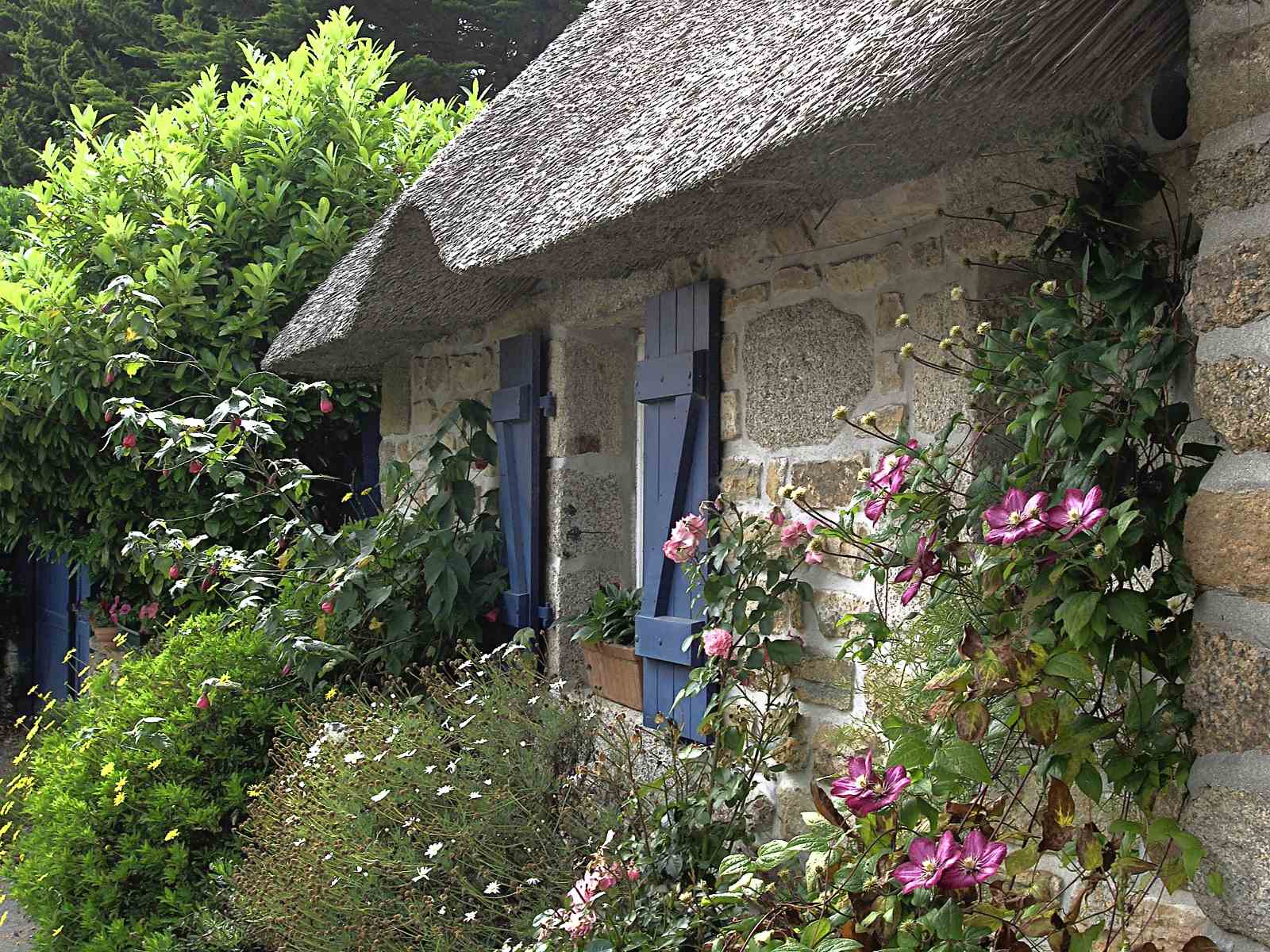
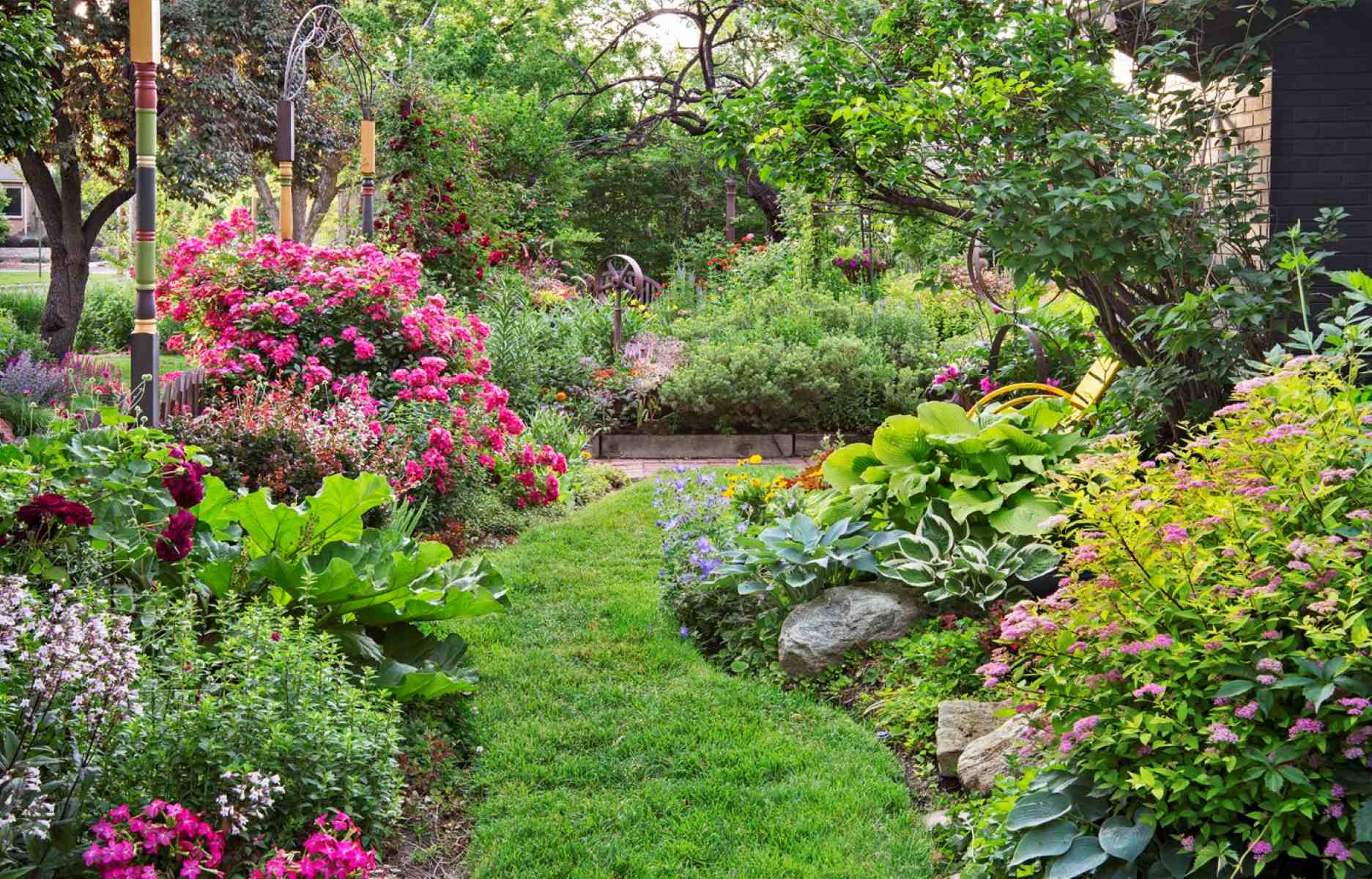
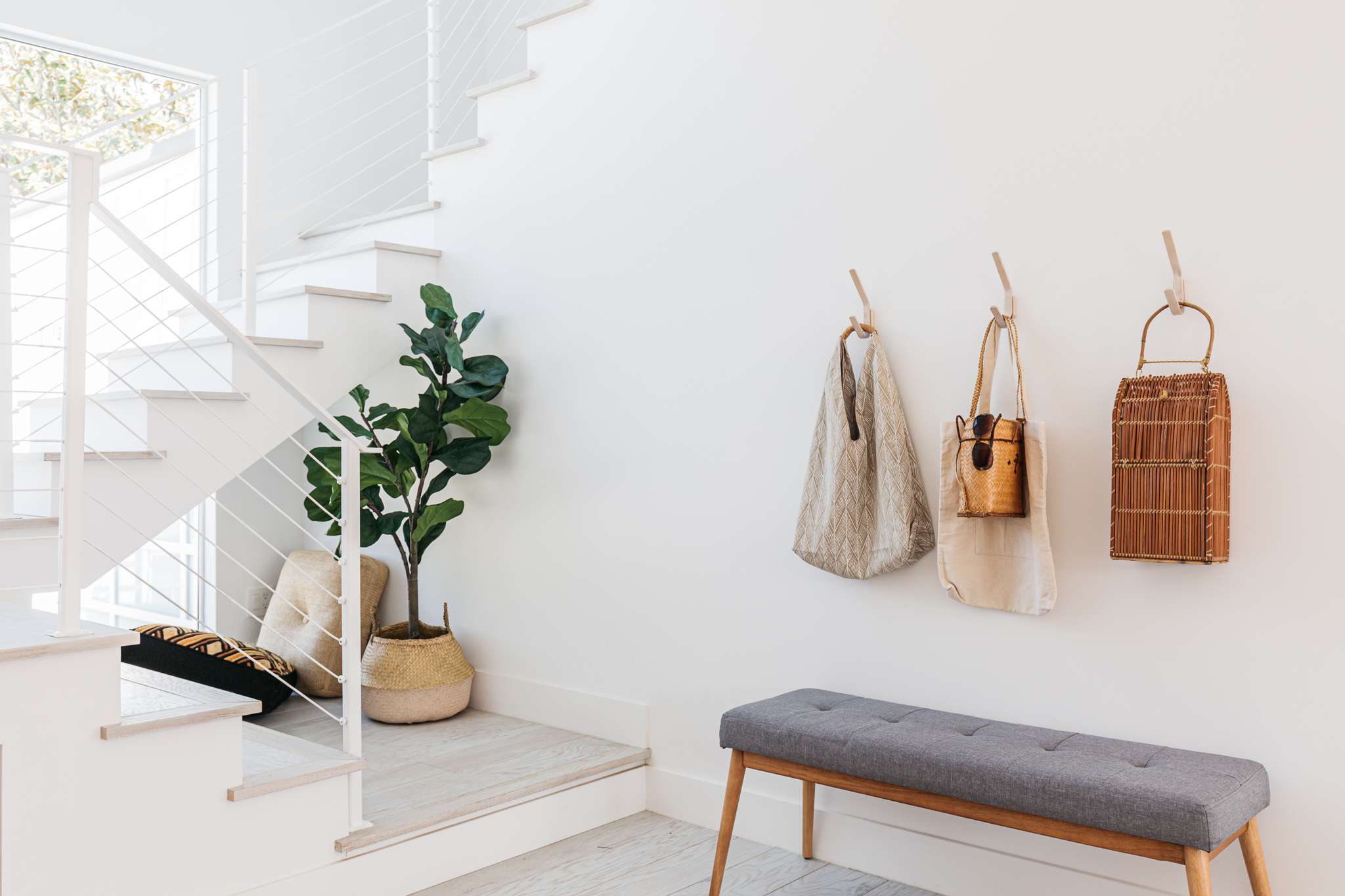
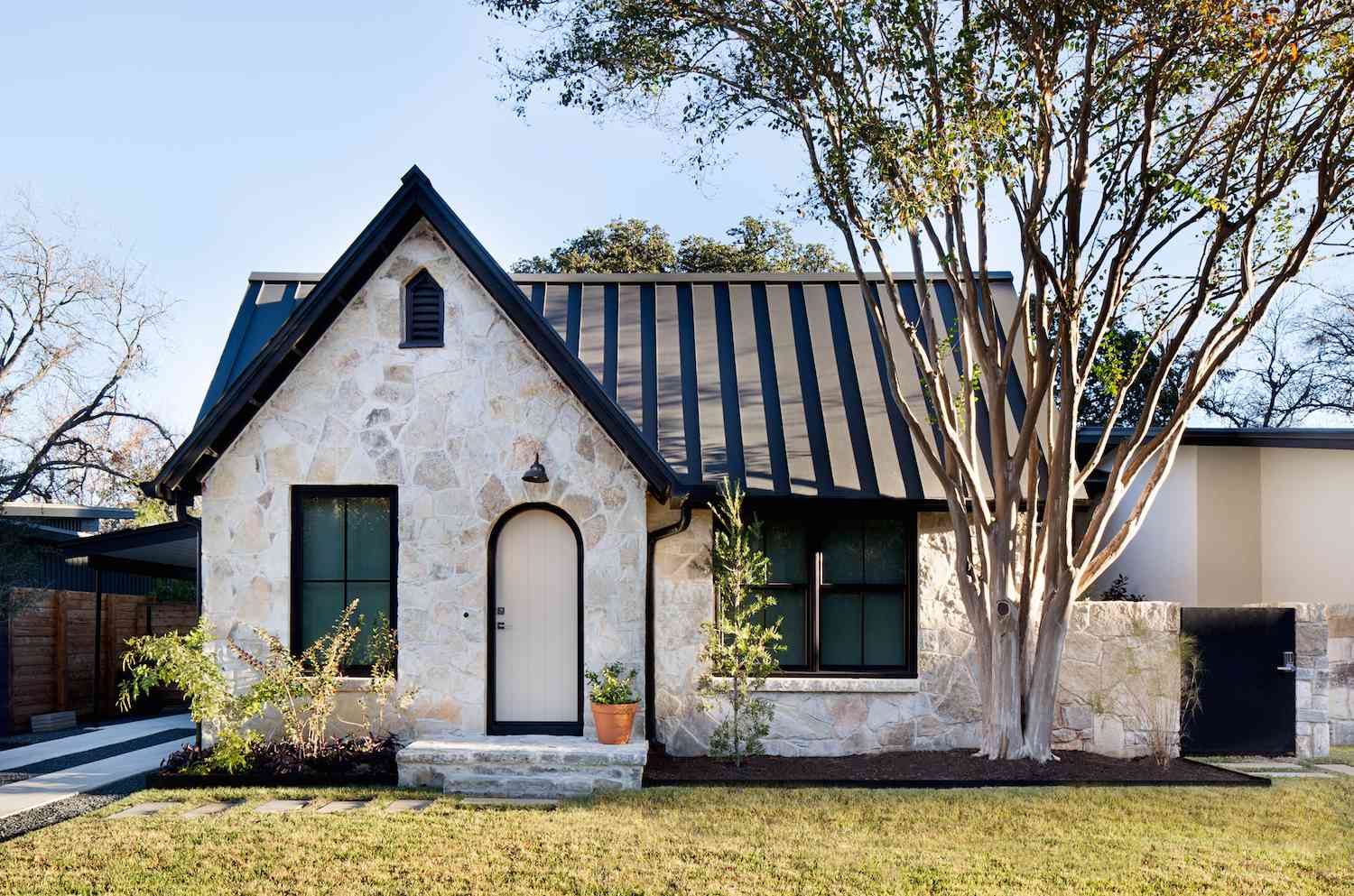
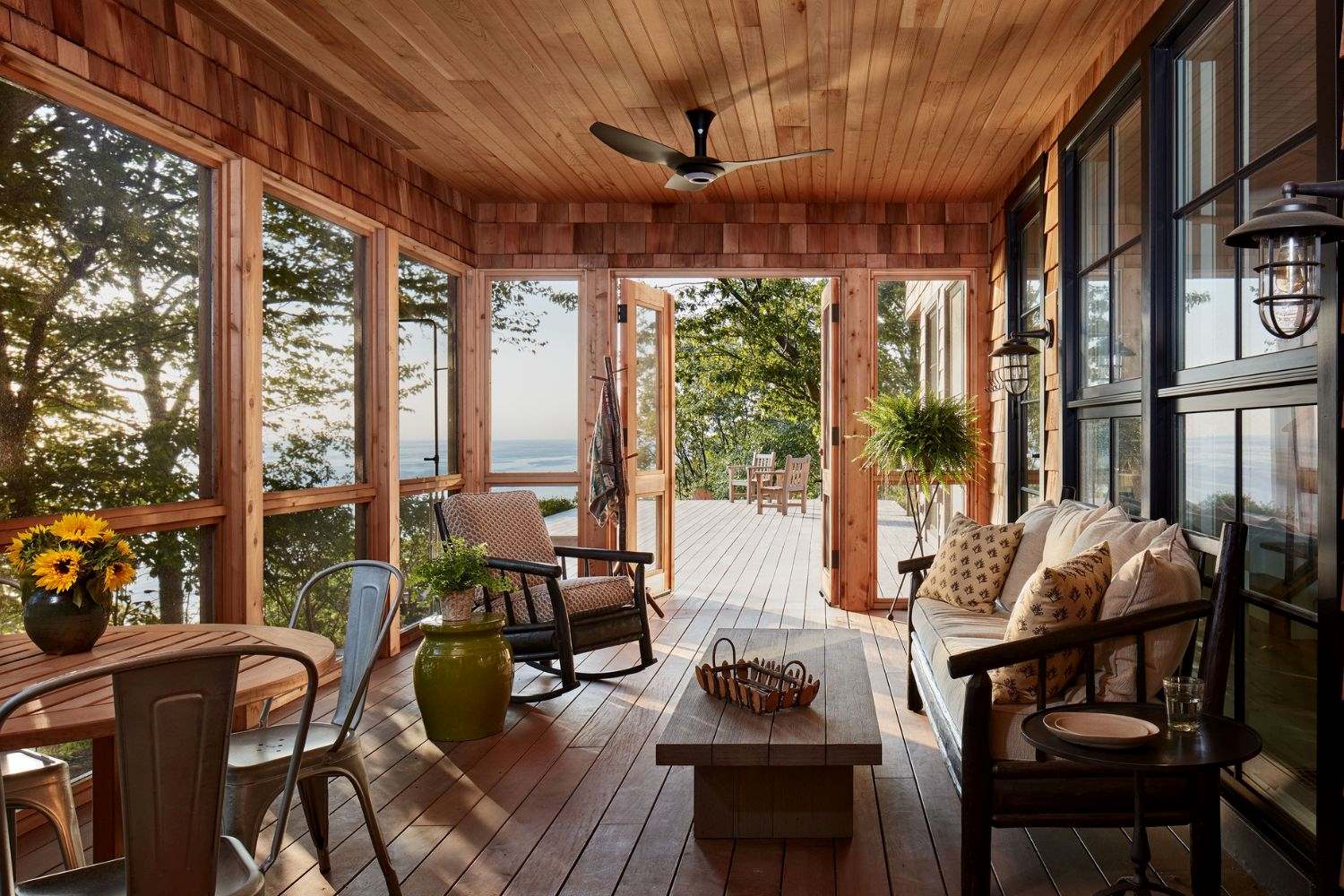
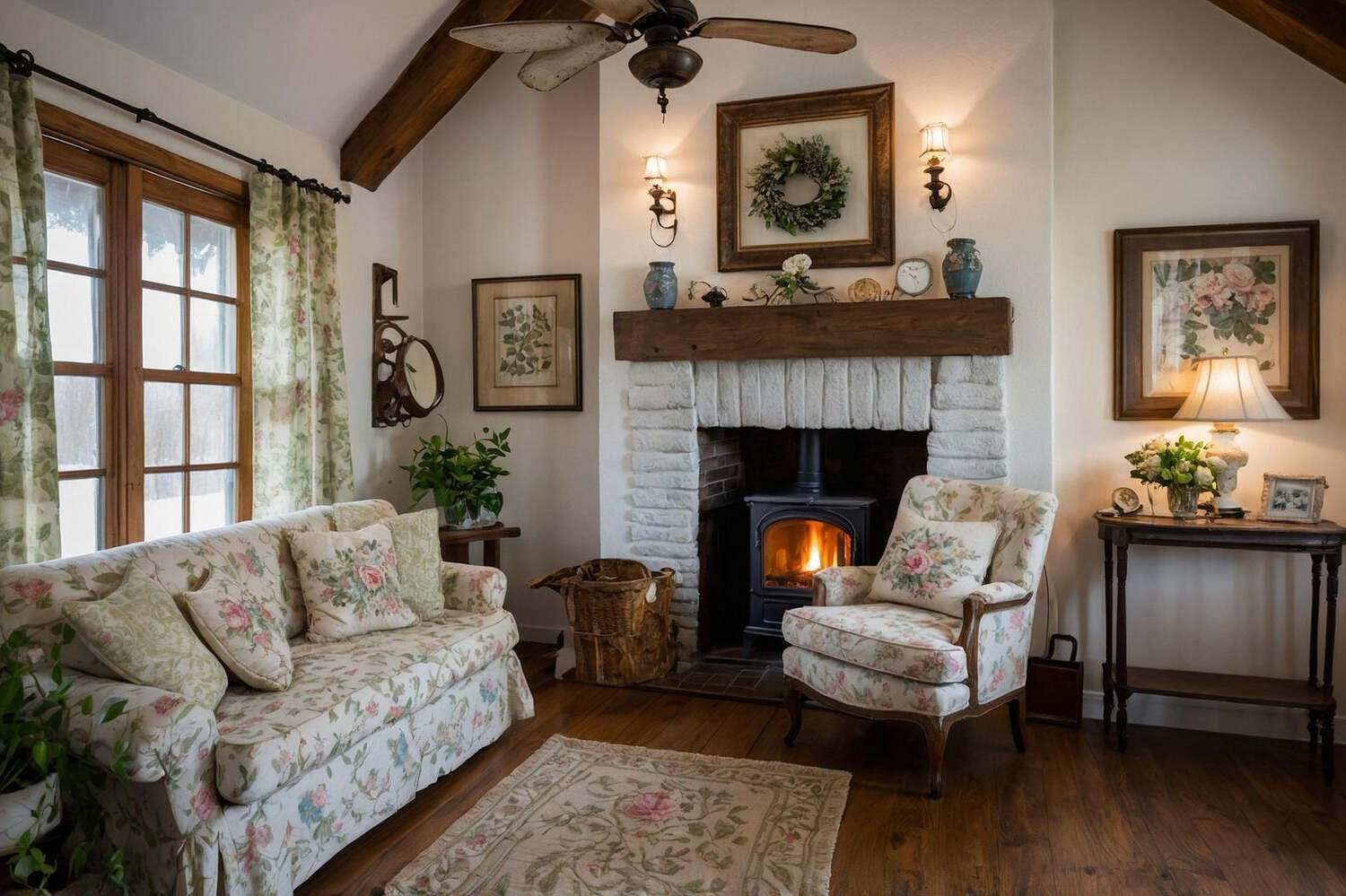
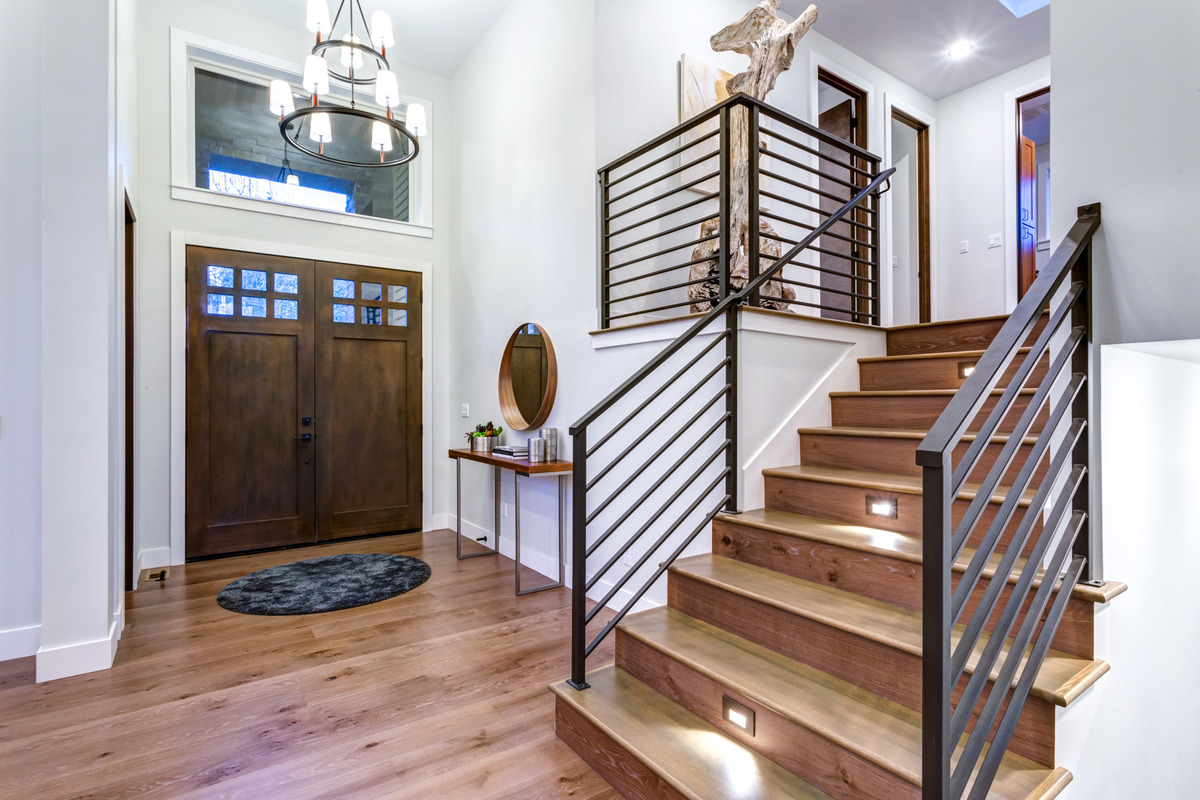
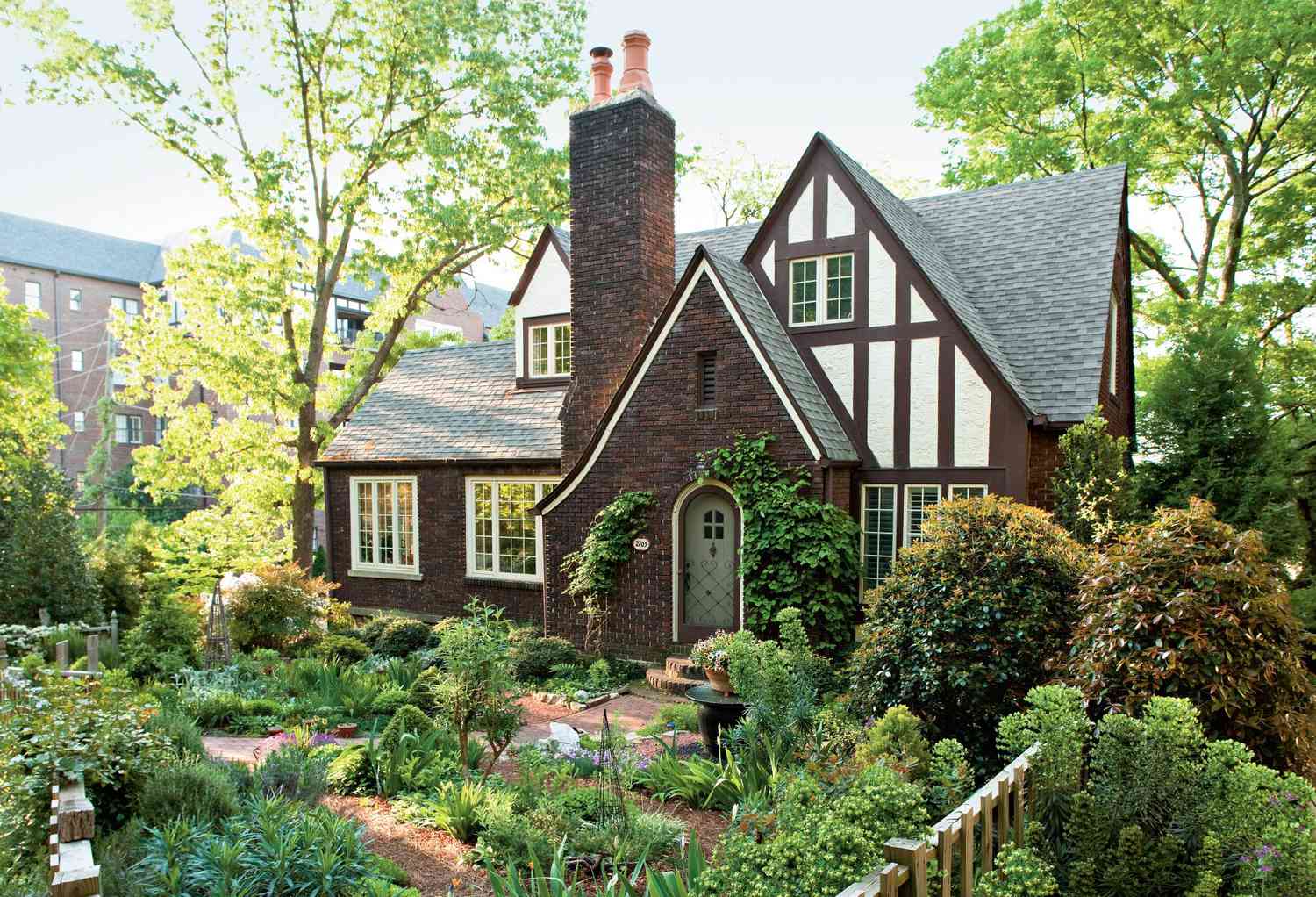
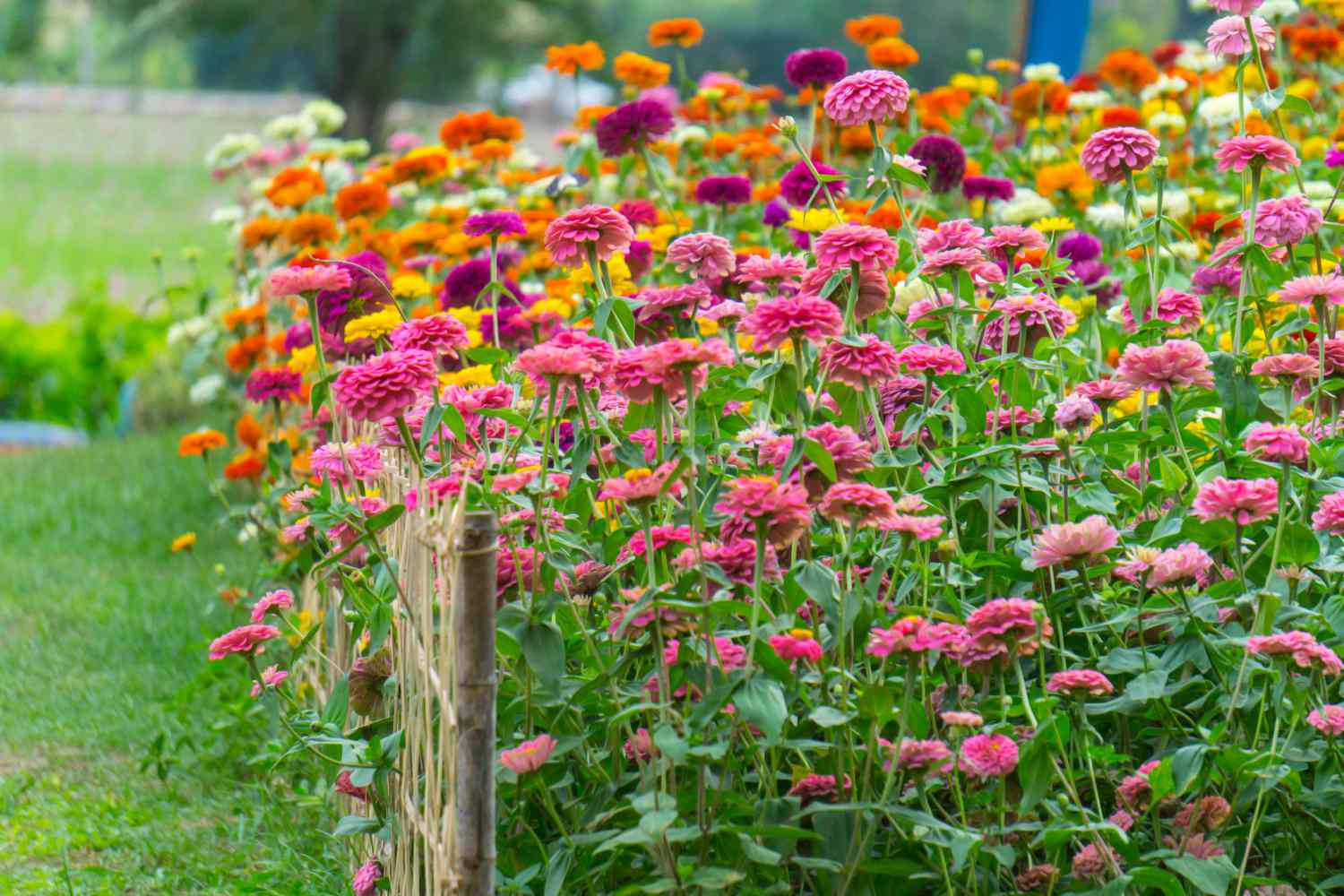
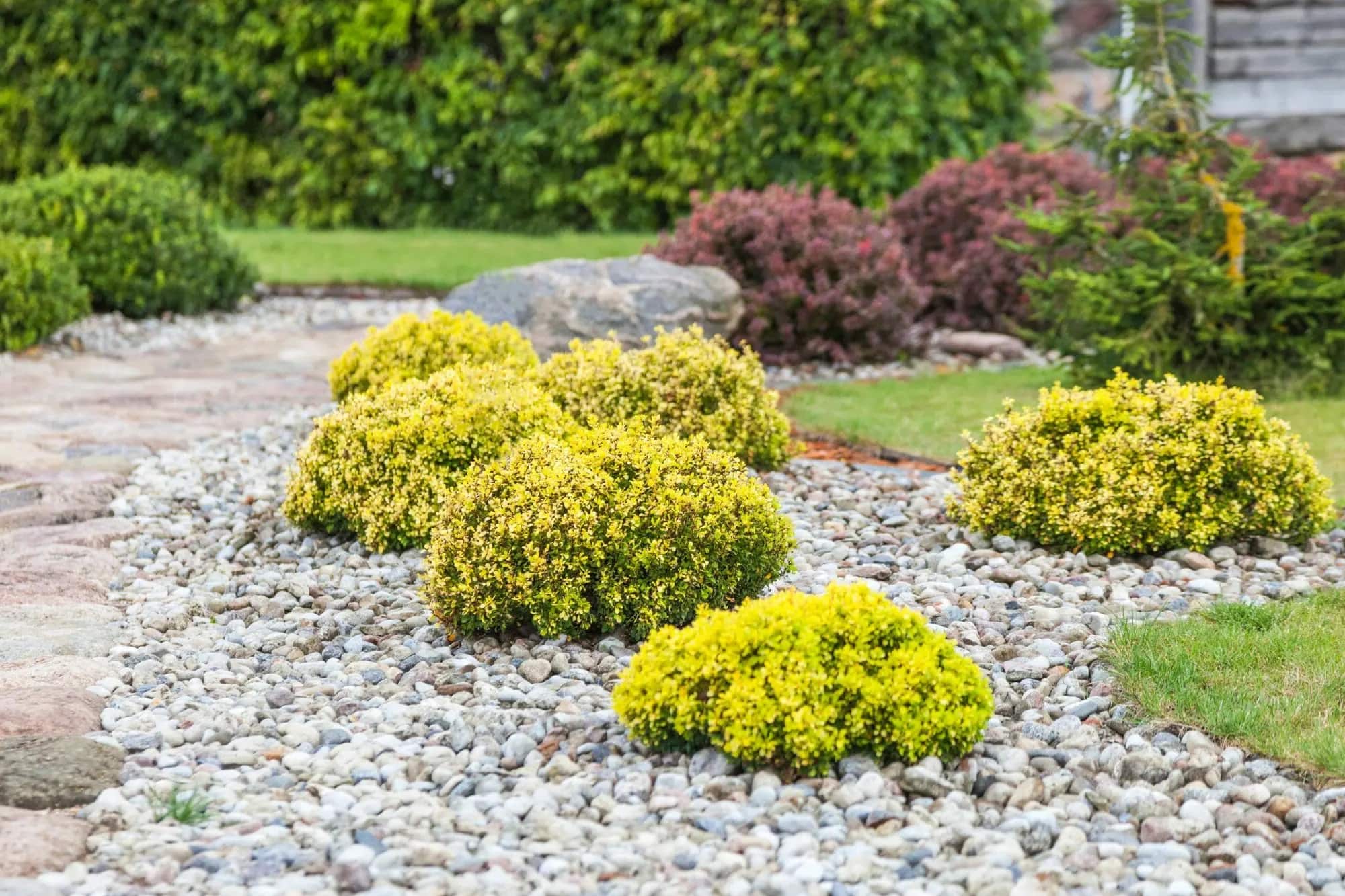
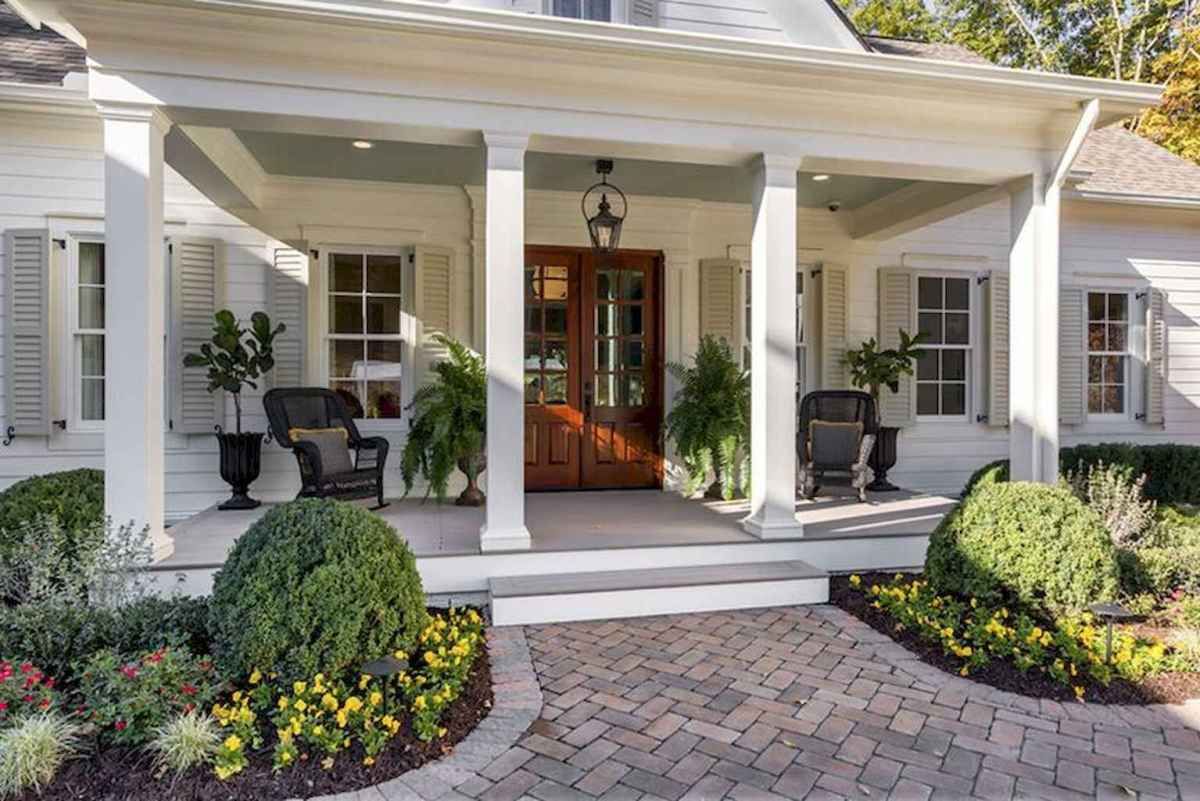
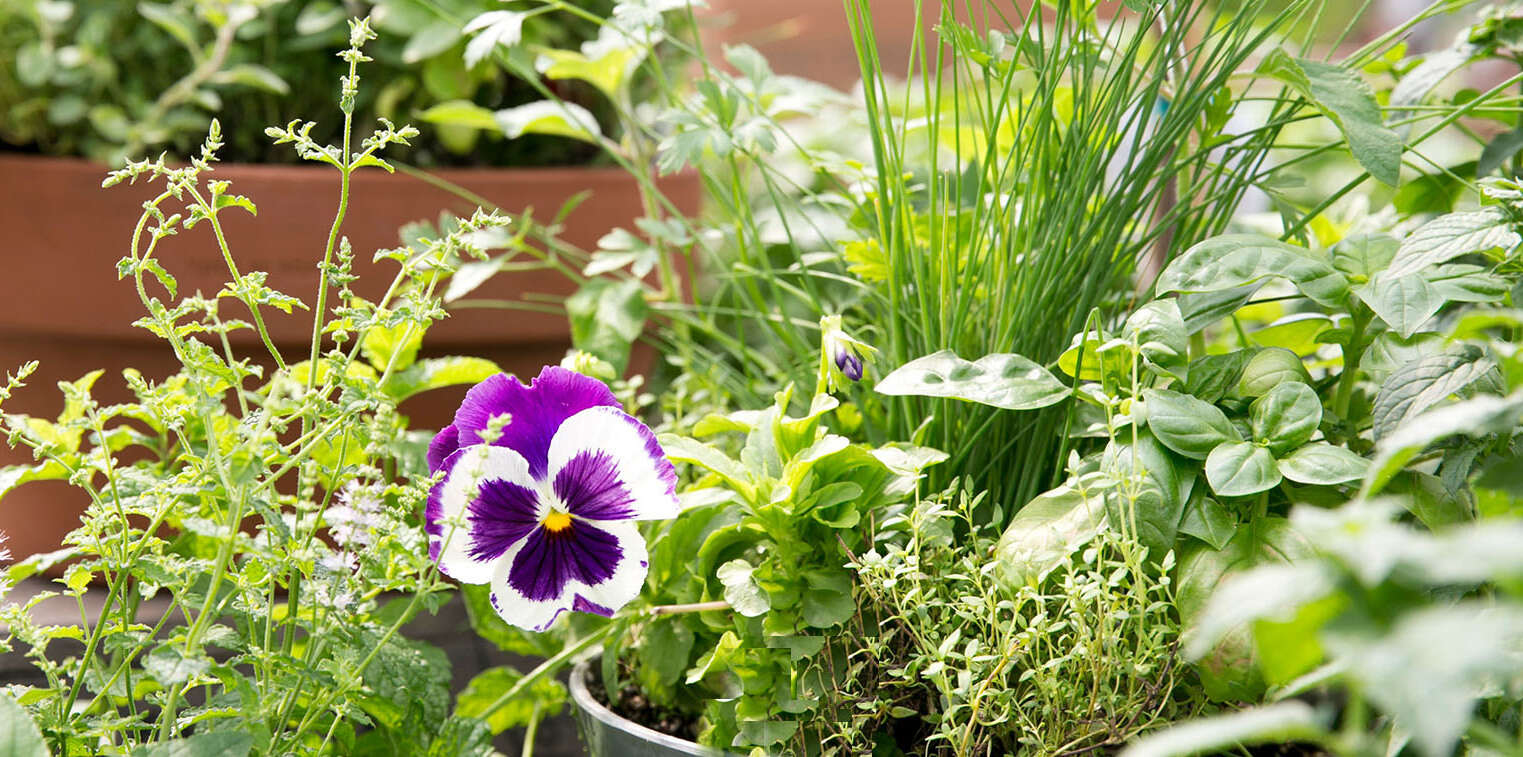
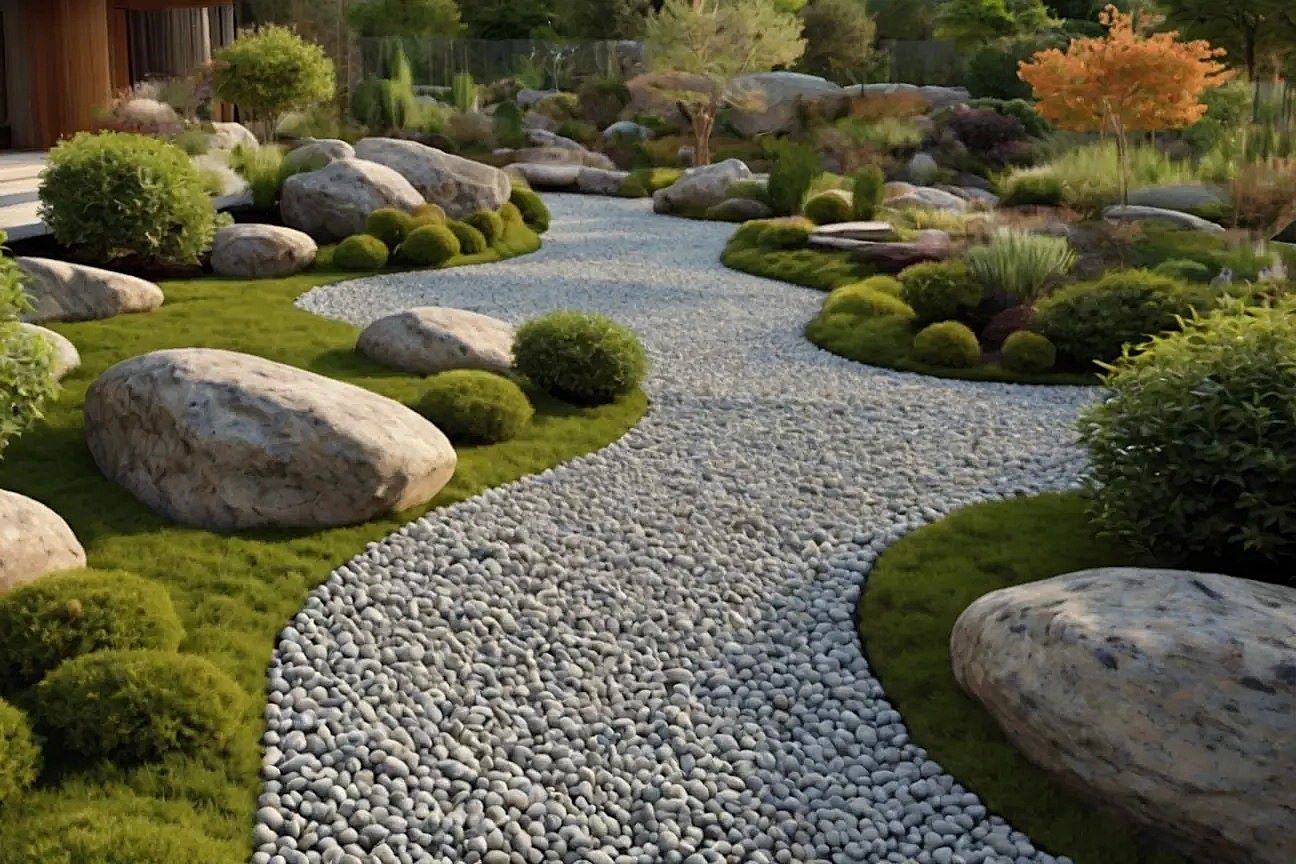

0 thoughts on “How To Design A Cottage-Style Garden”